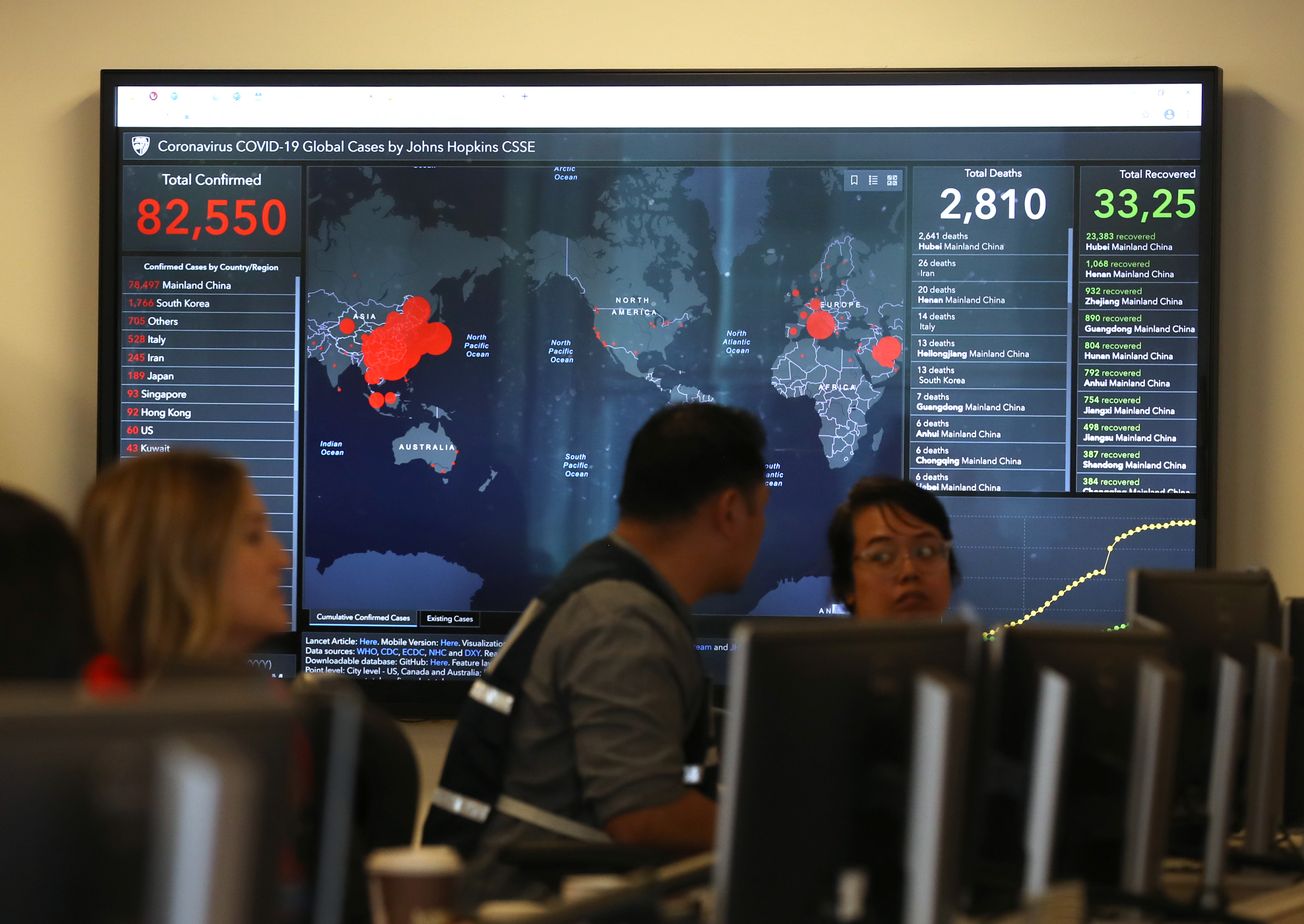Actors’ Equity has provided its staff and union members with guidance on “maintaining business continuity,” should a large coronavirus outbreak occur, the union said Thursday.
“We have shared guidance with staff, posted resources for members and are having the appropriate internal conversations about maintaining business continuity if an outbreak becomes more severe. We have also initiated conversations with major Equity employers and other labor leaders around maintaining a safe and healthy workplace. We will continue to monitor the situation, seek guidance and best practices from the appropriate health authorities and share additional information as warranted,” Brandon Lorenz, national director communications at Actors’ Equity, said in a statement to Broadway News.
Actors’ Equity is the first Broadway-related organization to speak about the potential spread of the virus, which originated in China, but has now seen confirmed cases in the U.S. and has one pending case in New York. Though there are few national cases, experts urged businesses and local governments this week to prepare for the possibility of more.
The particular disease circulating now, called COVID-19, originated in Wuhan City, China, in relation to a live animal market there, according to the Centers for Disease Control and Prevention. Since the first case was identified in China in 2019, cases of the coronavirus have been reported in 48 countries as well as Hong Kong and Macau.
According to a Feb. 25 report by the CDC, 2,462 people have died of the virus. No deaths have been reported in the United States. Those most at risk include doctors and other healthcare professionals overseeing coronavirus patients, as well as the elderly and those with chronic medical problems.
Fifty-three cases have been confirmed in the United States thus far, according to the World Health Organization. As of Feb. 27, one person in New York City is being tested for the coronavirus, according to NYC Health. The results have yet to be released. Officials expect the disease to spread to a greater degree.
“We have very few cases in the United States and no spread in the community. But as more and more countries experience community spread, successful containment at our borders becomes harder and harder. Ultimately, we expect we will see community spread in this country,” Nancy Messonnier, the director of the National Center for Immunization and Respiratory Diseases, said at a press conference.
Equity, which has a membership of more than 51,000, has pointed its members to resources including the CDC, WHO and health departments across the country.
“Nothing is more important than ensuring everyone is safe at work, and the best way to remain safe in the workplace is to focus on the facts and not fear,” the statement reads.
The Broadway League has not yet released a statement on the matter.
In New York, some businesses are enacting work-from-home policies, including Hearst Magazines, according to a report in the Daily. According to a message to employees from Hearst President Troy Young, cited in The Daily, employees who had returned from China, Iran, Italy, Japan or South Korea in the past 30 days are required to work from home for 14 days.
Person-to-person spread of the coronavirus can occur if someone comes into “close contact” with an infected person — defined as “being within approximately 6 feet (2 meters) of a COVID-19 case for a prolonged period of time” by the CDC — or inhaling after a sick person coughs or sneezes. Touching an infected object and then touching one’s mouth or nose can also spread the virus, but this method is not the primary means of infection, the CDC says.


























































